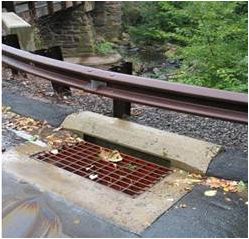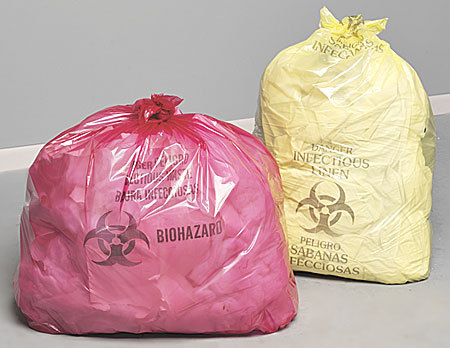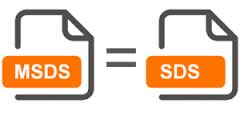By Guest Blogger: Lisa Stringfellow of Graphic Products On December 1, 2013—about one year from now—the implementation of training to the new Hazard Communication Standard (29 CFR 1910.1200) will be required. This includes changes in the way hazards of chemicals are conveyed. One key aspect of this change is the replacement of MSDSs (Material Safety Data…

The Basics of Stormwater Permitting
One of the areas I recently investigated for an industrial client was the need for a stormwater permit or a No Exposure Certificate so I thought this would be a good topic of which to give an overview. Stormwater is generated from melting snow, precipitation and run-off from irrigation. It is classified into two…

Using Strategic Thinking
There is lots of buzz about “strategy” from strategic planning to strategic objectives but having a strategic though pattern can assist an EHS professional in ensuring effectiveness. Strategic thinking was the title of one of the sessions I attended at the American Society for Safety Engineers (ASSE) Leadership Symposium. The session was given…

NFPA Standards Incorporated by Reference
Did you know the following 36 National Fire Protection Agency (NFPA) standards and any revisions thereafter are incorporated by reference into the Occupational Safety & Health Administration (OSHA) regulations per 29 CFR 1910.6? This means that an OSHA audit can yield findings from these standards in addition to those cited directly in 29 CFR 1904, 1910 or…
Visual Communications & Spill Containment Strategies and Techniques
By Guest Blogger: Jack Rubinger From Portland to Pittsburgh, from the Arctic to the Adriatic, industrial chemical spills are common. Spill response teams need to act fast when these events occur, with the appropriate cleanup and communications supplies on hand. Industry and the public are vitally concerned about spills and their potential economic and environmental impacts….

Feedback: A Key to a Great EHS Program
Last week I had the privilege of attending the American Society of Safety Engineers Leadership Symposium “Safety is about Leadership.” I had the opportunity to meet leaders in the industries of Organizational Development and Environmental, Health & Safety (EHS) Management. I attended multiple sessions about how leadership principles impact the management of an EHS program. …

Biomedical Waste Management
Did you know the Environmental Protection Agency (EPA) does not regulate biomedical waste at the federal level? Biomedical waste is typically regulated by the state and/or local government. In Florida it is regulated by the Department of Health but is delegated to the counties within the state. What is biomedical waste? The answer is: it…

Spill Prevention Control & Countermeasures Plan Requirements
In the last post I briefly reviewed the Spill Prevention Control and Countermeasures (SPCC) requirements. Today’s post will focus on the information that must be included in an SPCC Plan. The following requirements are summarized from the General Requirements for Spill Prevention, Control, and Countermeasure Plans found in 40 CFR 112.7. Physical layout of the…

Spill Prevention Countermeasures and Control Requirements
In previous posts I have discussed some of the regulatory requirements associated with the Environmental Protection Agency’s (EPA) Emergency Management Division: EPCRA and CERCLA. Today’s post continues exploring these requirements with the Spill Prevention Control and Countermeasures (SPCC) requirements found in 40 CFR 112. The SPCC requirements are part of the Oil Pollution Prevention regulations…

Preparing for an Unannounced Inspection
While at a client site yesterday, I received a call that the Fire Department wanted to visit the facility. About an hour later a representative from the local fire department was on-site. Believe it or not, he wanted to see the chemicals reported on the Tier II report for the facility submitted earlier in the…
